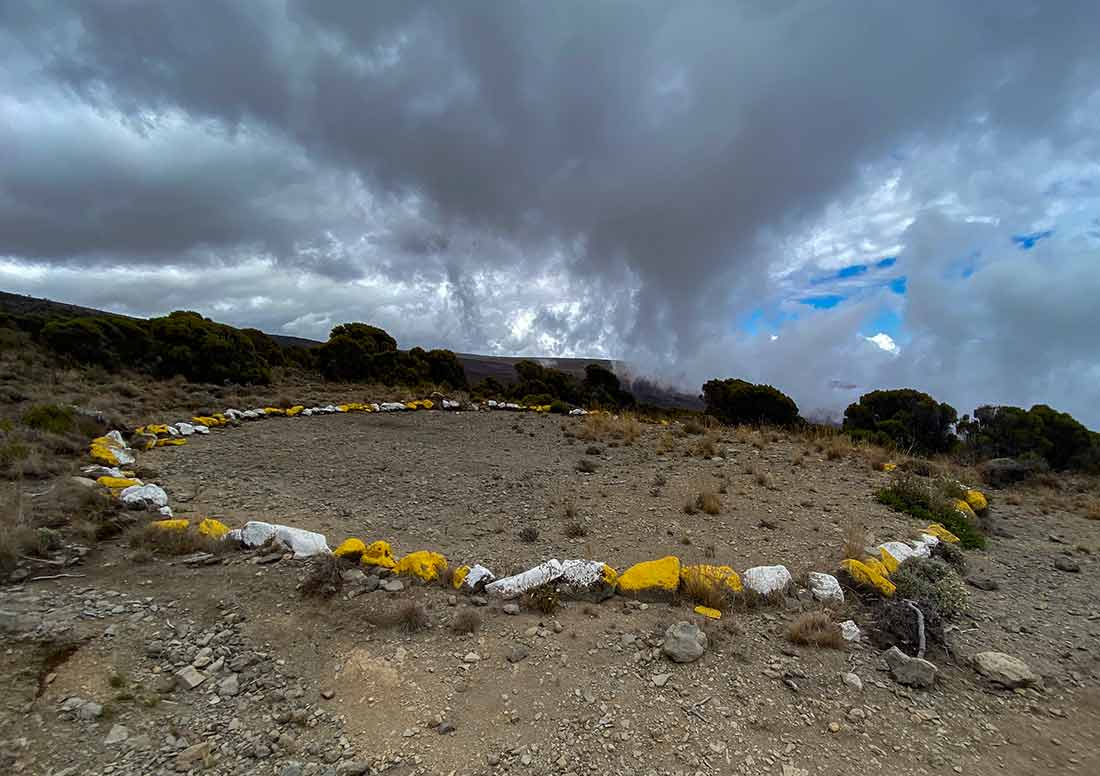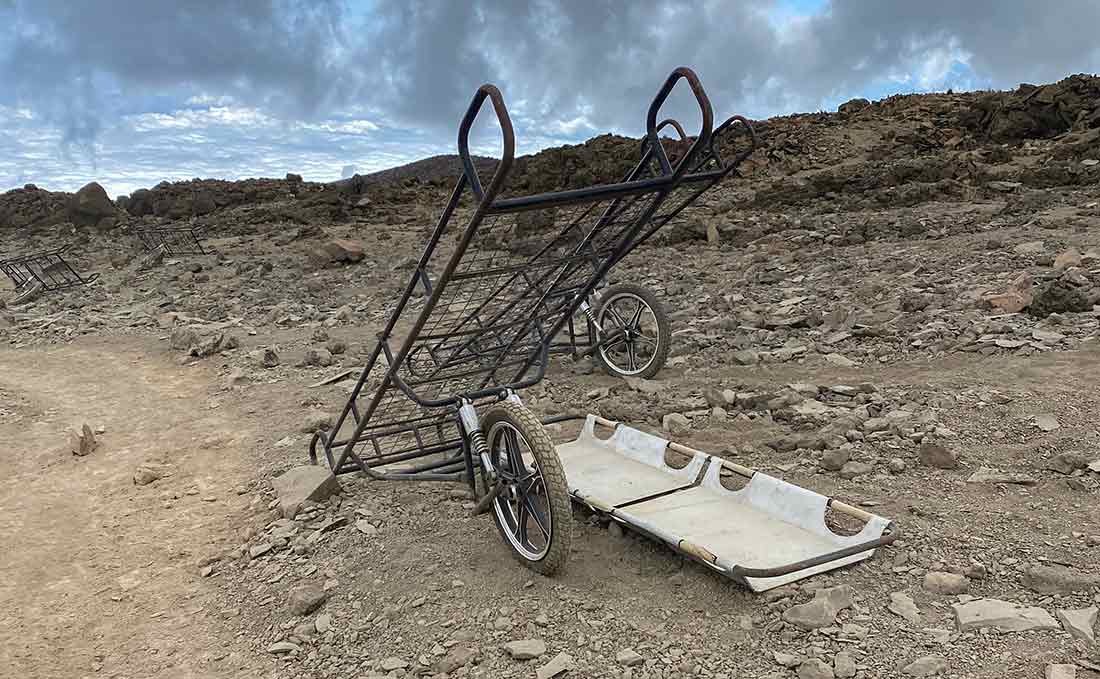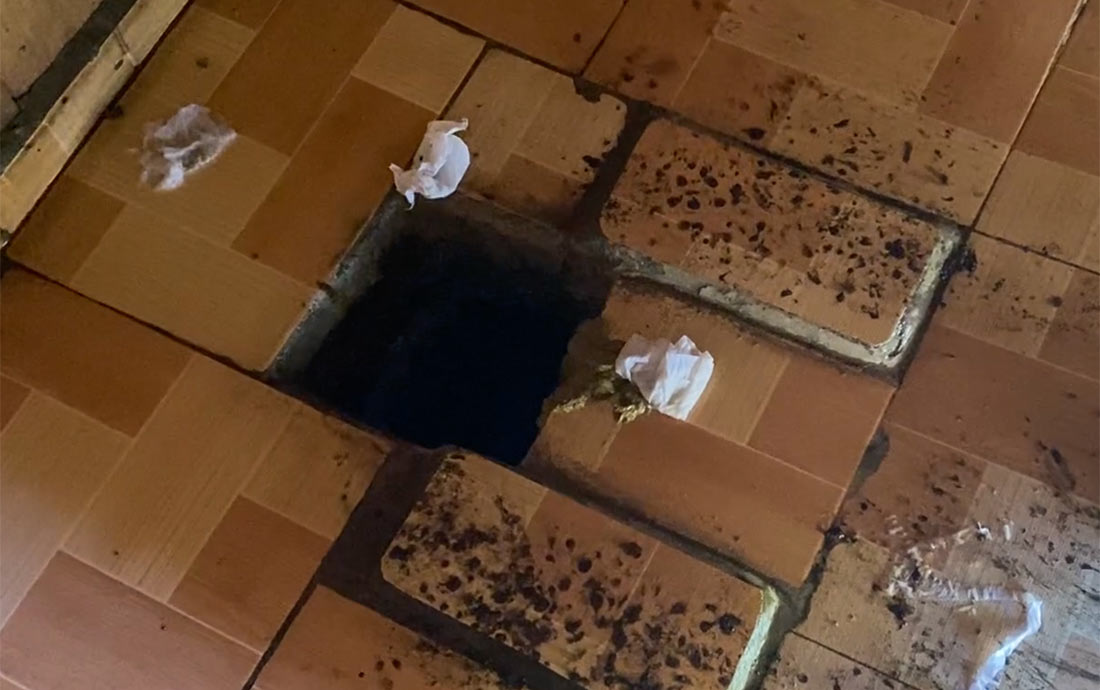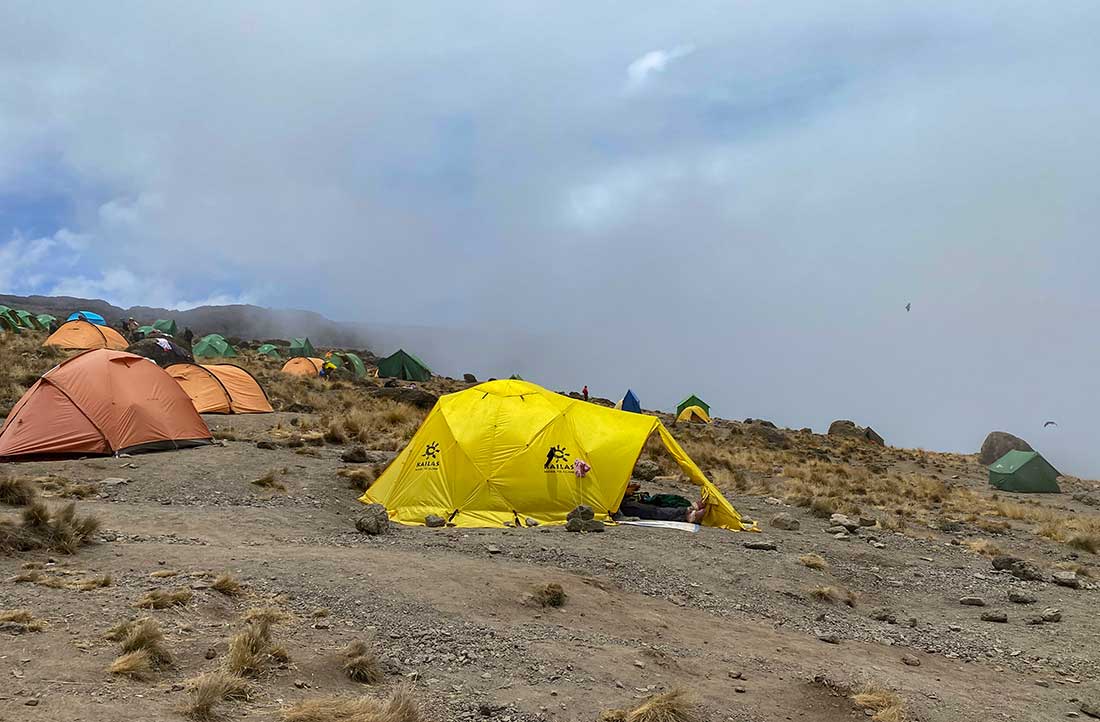Climbing Kilimanjaro can be a challenging and potentially dangerous adventure. What can you do to decrease the dangers of climbing Mount Kilimanjaro? If you choose to book your operator solely on price, then the chances of illness, injury, and not reaching the summit will increase. For this reason we recommend booking your Kilimanjaro climb with a reputable operator.

Some of the dangers of climbing Mount Kilimanjaro include:
Altitude sickness
As you ascend Kilimanjaro, the air pressure and oxygen levels decrease, which can lead to altitude sickness. This can cause symptoms such as headaches, nausea, vomiting, dizziness, and fatigue, and in severe cases, it can be life-threatening.
Extreme weather conditions
The weather on Kilimanjaro can be unpredictable and harsh. Temperatures can drop well below freezing, and climbers may encounter rain, snow, and strong winds.
Physical exhaustion
Climbing Kilimanjaro requires a lot of physical endurance and stamina. If you are not in good shape or used to hiking for several days in a row, the climb can be strenuous for you. This can cause fatigue and exhaustion.
Risk of falls and injuries

Climbing Kilimanjaro involves traversing steep and rocky terrain. Falls are very rare on the mountain. If micro spikes are required due to icy conditions, we will let you know before you arrive in Tanzania. Because even a minor injury can become a serious problem when you’re on a remote mountain.
Malaria, Yellow Fever, and other diseases
Kilimanjaro is located in a region where malaria is prevalent. Climbers may want to take precautions to avoid mosquito bites and may want to take Malaria medication. Mosquitos do not live on Kilimanjaro since it is too cold for them. However, if you are also booking a safari, then there is a greater risk of contracting malaria. Other diseases, such as yellow fever, typhoid, and hepatitis, can also be a risk.
Illness
Another risk is illness due to using the public toilets. they are not regularly maintained and can become quite gross. For this reason, we rent private toilet tents for all of our clients. They are cleaned daily.

Furthermore, poorly treated water from the nearby streams can also lead to digestive issues, such as an upset stomach or diarrhea. Make sure the operator you choose properly treats the water.

Poorly equipped guides and porters
Some guides and porters on Kilimanjaro may not have proper equipment, training, or experience. This can increase the dangers of climbing Mount Kilimanjaro by creating more accidents and health problems. Do not trust your safety to budget operators. Many budget operators are only in it for the money and not for your safety or summit success rate.
Poorly maintained equipment

The operators you are climbing with should provide the tents. But many companies purchased damaged tents that the mid-range and luxury operators deem unsafe or unusable on Kilimanjaro. They will leak and possibly collapse in high winds. Furthermore, sleeping bags may not be cleaned or warm enough for you. Make sure you book with a reputable operator and either rent a quality sleeping bag and other equipment from them or bring your own.
Final Thoughts
Overall, climbing Kilimanjaro can be a challenging and rewarding experience, but it’s important to be aware of the potential risks and take the necessary precautions to stay safe. It’s recommended to choose a reputable operator, properly prepare physically and mentally, and follow all safety guidelines and instructions provided by your guide.




